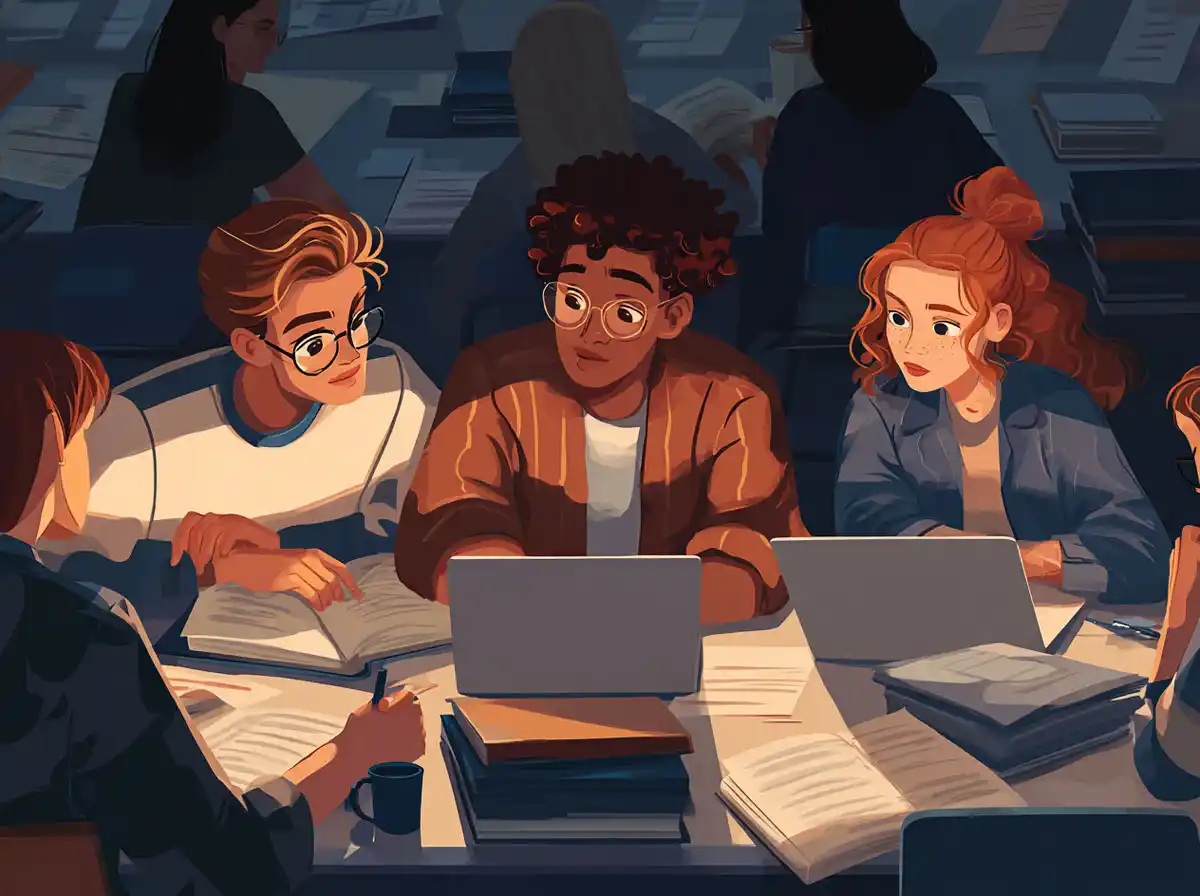Understanding Прыгожы (Prygozsy)
Прыгожы (prygozsy) is an adjective that translates to “beautiful” in English. It is used to describe something or someone that is aesthetically pleasing or attractive.
Гэта прыгожая кветка.
This is a beautiful flower.
Прыгожы can be used to describe a variety of things, including people, nature, art, and even abstract concepts. For example, you might say прыгожы to describe a scenic view, a piece of music, or someone’s personality.
У яго прыгожы голас.
He has a beautiful voice.
Variations and Usage
The word прыгожы can change its form to agree with the gender, number, and case of the noun it modifies. Here are some variations:
– Прыгожая (prygozshaya) – feminine singular
Яна прыгожая дзяўчына.
She is a beautiful girl.
– Прыгожае (prygozshaye) – neuter singular
Гэта прыгожае возера.
This is a beautiful lake.
– Прыгожыя (prygozshyya) – plural
Прыгожыя кветкі растуць у садзе.
Beautiful flowers are growing in the garden.
Understanding Некрасівы (Niekrasivy)
In contrast, некрасівы (niekrasivy) translates to “ugly” or “unattractive.” It is used to describe something that lacks beauty or is displeasing to the eye.
Гэта некрасівы будынак.
This is an ugly building.
Just like прыгожы, некрасівы can describe a range of subjects, from people to objects to concepts. It conveys a sense of something that does not meet the standards of beauty.
Яна насіла некрасівую сукенку.
She wore an unattractive dress.
Variations and Usage
The word некрасівы also changes form to match the gender, number, and case of the noun it modifies. Here are some common forms:
– Некрасівая (niekrasivaya) – feminine singular
Гэта некрасівая карціна.
This is an ugly painting.
– Некрасівае (niekrasivaye) – neuter singular
Гэта некрасівае дрэва.
This is an unattractive tree.
– Некрасівыя (niekrasivyya) – plural
Некрасівыя дамы стаяць побач.
Ugly houses stand next to each other.
Contextual Usage and Cultural Nuances
Understanding when and how to use прыгожы and некрасівы involves more than just knowing their direct translations. Cultural context plays a significant role in how these adjectives are perceived and employed.
In Belarusian culture, calling someone прыгожы is a sincere compliment that can enhance social interactions. However, calling someone некрасівы can be quite offensive and should be used cautiously, if at all, in social settings.
Ён заўсёды кампліментуе яе, кажучы, што яна прыгожая.
He always compliments her by saying she is beautiful.
Subtle Differences and Synonyms
Belarusian, like any language, has synonyms and subtle differences in meaning. For example:
– Сімпатычны (simpatychny) – translates to “cute” or “nice-looking” and is less intense than прыгожы.
Яна сімпатычная дзяўчына.
She is a cute girl.
– Мілы (mily) – translates to “sweet” or “lovely” and often describes personality rather than appearance.
У яго мілы характар.
He has a lovely character.
Similarly, for некрасівы, there are other words that might be used depending on the context:
– Страшны (strashny) – translates to “scary” or “frightening” and can be used to describe something more extreme than just “ugly.”
Гэта страшны фільм.
This is a scary movie.
– Непрывабны (niepryvabny) – translates to “unattractive” and is a softer term than некрасівы.
Гэта непрывабны дом.
This is an unattractive house.
Comparative and Superlative Forms
Just like in English, Belarusian adjectives can be modified to express comparative and superlative degrees. For прыгожы and некрасівы, the forms are as follows:
– Прыгожы (positive) – beautiful
Гэта прыгожы сад.
This is a beautiful garden.
– Прыгажэйшы (prygozsheyshy) (comparative) – more beautiful
Гэта прыгажэйшы сад, чым той.
This is a more beautiful garden than that one.
– Найпрыгажэйшы (nayprygozsheyshy) (superlative) – the most beautiful
Гэта найпрыгажэйшы сад у горадзе.
This is the most beautiful garden in the city.
For некрасівы:
– Некрасівы (positive) – ugly
Гэта некрасівы стол.
This is an ugly table.
– Некрасівейшы (niekrasiveyshy) (comparative) – uglier
Гэта некрасівейшы стол, чым той.
This is an uglier table than that one.
– Найнекрасівейшы (nayniekrasiveyshy) (superlative) – the ugliest
Гэта найнекрасівейшы стол у доме.
This is the ugliest table in the house.
Practical Exercises and Tips
To master the use of прыгожы and некрасівы, practice is essential. Here are some exercises and tips to help you:
Descriptive Sentences
Create sentences describing your surroundings using both adjectives. For example:
Гэты прыгожы парк знаходзіцца недалёка ад майго дома.
This beautiful park is near my house.
Гэта некрасівы мост праз раку.
This is an ugly bridge over the river.
Comparative Practice
Write sentences comparing two objects or people using the comparative forms:
Гэтая кніга прыгажэйшая за тую.
This book is more beautiful than that one.
Гэты дом некрасівейшы за суседні.
This house is uglier than the neighboring one.
Engage in Conversations
Practice using these adjectives in conversations with native speakers or fellow learners. Describe people, places, and things to each other, and provide feedback.
Ваш сад вельмі прыгожы.
Your garden is very beautiful.
Гэтае палатно здаецца мне некрасівым.
This canvas seems ugly to me.
Conclusion
Understanding and using the Belarusian adjectives прыгожы and некрасівы opens up a world of descriptive possibilities. These words not only help you communicate more effectively but also give you insight into cultural perceptions of beauty. By practicing their various forms, engaging in conversations, and paying attention to contextual nuances, you can master these adjectives and enhance your Belarusian language skills. Remember, beauty is not just in the eye of the beholder but also in the words we use to describe it.










